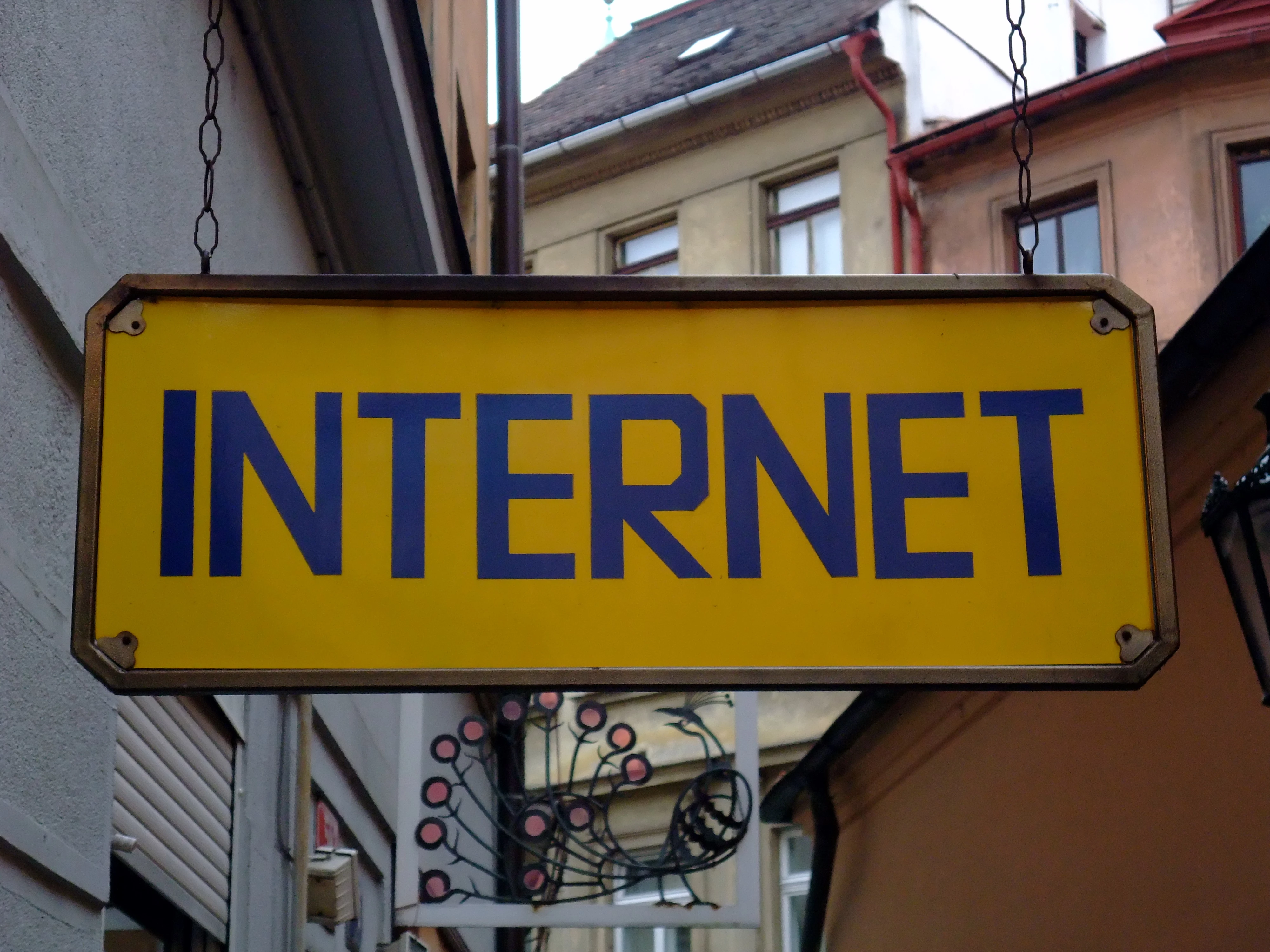
Partner Article
Improving Internet Speeds Throughout the Country
CRTC, the country’s official telecom regulator declared that all Canadians should have access to high-speed network connections. The telecom regulator has established new technical targets. Both speed and quality of internet services should improve in the coming years. CRTC is investing $750 million in the expansion of its broadband services. It plans on providing high-speed internet services to remote locations too. In the next five years, CRTC plans to re-define the country’s internet connections.
The CRTC exposed the new rule on Wednesday. The commission declared that the download speed of broadband internet should be a minimum of 50 Mbps. And, the upload speed of broadband connections must be at least 10 Mbps. These speeds are considered as basic telecom requirements.
CRTC declared that all customers in both urban and rural regions should have plans with low data usage caps. They must have unlimited access to high-speed internet. It would take half a decade for the commission to cover all regions in Canada.
It is easy and common to have high bandwidth and speeds in urban locations. More than 80% of Canadians have access to high-speed internet services such as Acanac. They are able to download and upload files at good speeds. However, the situation is very different in northern and rural areas.
Northerners are struggling with low internet speeds. Currently, they are able to send data at 3 Mbps. This has reduced the rate of development in Northern areas.
Jean-Pierre, the Chairman of CRTC believes that these targets are ambitious but realistic. In the next few years, we will be able to achieve these goals, says Jean-Pierre. The commission reviewed targets that were established by trading partners in Canada. According to the trading partners, internet speeds in different countries area:
- The United States offers internet at a minimum speed of 25 Mbps
- Australia offers internet services at a minimum speed of 25 Mbps
- Various European countries offer internet services with a minimum target of 30 Mbps
- German offers internet services at a minimum speed of 30 Mbps
Jean-Pierre doesn’t want Canada to flow with the pack. In fact, it doesn’t want to stand in between too! The commission wants to make Canada a leader in internet services. It is focusing on a minimum speed of 50 Mbps.
CRTC’s rule has puzzled many industry players. The market leaders are curious on how the new internet infrastructures would be. Governments at different levels are unclear on how to fund the new infrastructure. Sparsely populated regions will not produce high returns too. And, most service providers are unprepared to work in areas with low return on investment.
Recently, the Federal Government made an announcement on “Backbone Connections”. These connections will be used to transport traffic between remote areas. The Backbone Connections are a part of the 5-year project. CRTC expects to invest $500 million on this project.
CRTC made the new rule after several years of analysis and review. The issues were first considered in the year 2011. It began with aspirational goals of 5 Mbps /1 Mbps. The initial target didn’t have any plans for high-speed internet.
In 2011, CRTC focused only on basic internet services.
To bring this plan into action, CRTC depends on contributions from market leaders. It intends to take money from household and business customers too!
Geoff White, a Lawyer identifies the commission’s decision as “Transformational and Important”.
White conducted a public poll and proved that many people want improved internet services. Almost everyone wants to get online!
Unfortunately, the ruling was not supported by proposals that can set low price rates for broadband connections. There are serious concerns on how high-speed internet can be offered at affordable rates.
White considers this situation as disappointing. It is quite disheartening to see low-income Canadians make many sacrifices for internet access.
Mr. Blais the Chairman of CRTC is relying on market forces. He is not prepared to regulate the retail rates of the internet. Instead, it is focusing on a wholesale market. With the help of wholesale services, sustainable competition can be created. This means high-speed internet will be offered at better prices.
Navdeep Bains, the Minister of Innovation, Science and Economic Development is focusing on all affordability concerns. Blais is aware of the fact that affordability is a shared, multifaceted responsibility.
The commission expects to meet the goal by 2021. At least 90% of the country should receive high-speed internet by the end of 2021.
Many cable and telephone companies have requested CRTC not to contribute to internet revenues. However, final decisions are yet to be made.
This was posted in Bdaily's Members' News section by Seema Sharma .








 How to make your growth strategy deliver in 2026
How to make your growth strategy deliver in 2026
 Powering a new wave of regional screen indies
Powering a new wave of regional screen indies
 A new year and a new outlook for property scene
A new year and a new outlook for property scene
 Zero per cent - but maximum brand exposure
Zero per cent - but maximum brand exposure
 We don’t talk about money stress enough
We don’t talk about money stress enough
 A year of resilience, growth and collaboration
A year of resilience, growth and collaboration
 Apprenticeships: Lower standards risk safety
Apprenticeships: Lower standards risk safety
 Keeping it reel: Creating video in an authenticity era
Keeping it reel: Creating video in an authenticity era
 Budget: Creating a more vibrant market economy
Budget: Creating a more vibrant market economy
 Celebrating excellence and community support
Celebrating excellence and community support
 The value of nurturing homegrown innovation
The value of nurturing homegrown innovation
 A dynamic, fair and innovative economy
A dynamic, fair and innovative economy